Game-changing therapies offer dramatic results
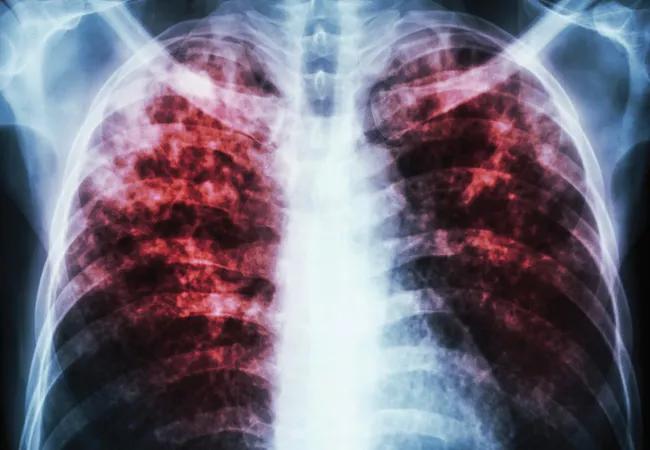
By Elliott Dasenbrook, MD, MHS
Cleveland Clinic is a non-profit academic medical center. Advertising on our site helps support our mission. We do not endorse non-Cleveland Clinic products or services. Policy
Cystic fibrosis (CF) is a multisystem, autosomal recessive inherited disease characterized by persistent pulmonary infection, pancreatic insufficiency and elevated sweat chloride levels. While most adult CF patients seen by pulmonologists are diagnosed in childhood, it is estimated that about 5 percent of CF patients are diagnosed after age 18.
In contrast to pediatric disease, adults newly diagnosed with CF often have milder lung disease, normal pancreatic function, sweat chloride values in the intermediate range and uncommon genetic mutations. It is very important for clinicians to make this diagnosis because despite this “milder” phenotype, adults newly diagnosed with CF are still at risk for subsequent severe lung function decline and decreased survival.
When Dorothy Andersen first comprehensively described CF in 1939, survival was measured in days to months. Over the past 75 years, survival has improved to the point where the current median survival for CF patients in the United States is about 40 years. This tremendous improvement in survival occurred due to an aggressive, multidisciplinary approach to treatment of the nutritional and pulmonary manifestations of CF. We anticipate that survival will continue to increase with the development of therapeutics that treat the basic defect in CF.
In 2012, ivacaftor became the first therapy approved by the FDA to treat CF’s basic genetic defect. This oral medication is taken twice daily and, to date, has been approved for 10 different CF mutations. These 10 mutations are present in approximately 8 percent of CF patients in the United States, and are seen in CF patients diagnosed in adulthood.
In clinical studies, ivacaftor was associated with significant improvements in lung function, decreased pulmonary exacerbations and change in sweat chloride to the nondiagnostic range. Diagnosing an adult with CF and an ivacaftor-responsive mutation has the potential for a life-altering impact, as illustrated by the following case.
A 26-year-old female presented to the clinic with a history of asthma associated with recurrent respiratory tract infections and sinusitis. She had a daily productive cough and frequently missed school and work due to exacerbations. Her gastrointestinal review of systems was normal. Her most recent spirometry revealed a forced expiratory volume in one second (FEV1) of 73 percent of predicted, and there was no response to bronchodilators.
Upon review of a chest radiograph from an ED visit, there was subtle airway dilation and thickening, but only in the upper lobes. Sputum culture and smear for bacteria, fungus and mycobacteria, as well as a computed tomography (CT) exam of the chest, were ordered. The sputum culture grew methicillin-resistant Staphylococcus aureus (MRSA). The chest CT revealed upper lobe (right > left) dilated airways with bronchial wall thickening and small-airway mucus plugs in a “tree-in-bud” pattern.
Given these clinical findings, we initiated a diagnostic work-up for upper lobe bronchiectasis with a primary concern for CF. Her immunoglobulin quantitation levels were normal. Sweat chloride measurements were 50 mmol/L and 52 mmol/L, placing her in the “intermediate” range. Sweat chloride levels ≥ 60 mmol/L in this clinical context are considered diagnostic for CF.
Frequently, when the diagnosis of CF is made in adulthood, intermediate sweat results occur and then the next step is to evaluate for CF-related genetic mutations. The patient underwent genetic testing and was found to have F508del (the most common CF mutation) and R117H, a less common variant occasionally seen in patients diagnosed with CF in adulthood. The combination of clinical symptoms suggestive of CF and these two mutations confirmed the diagnosis.
The diagnosis caused significant angst for our patient as her only experience with CF was with a classmate who had died in his teenage years. Through her review of CF on the Internet, she was also aware that MRSA infections in CF are associated with decreased survival and progressive lung function decline.
She was very anxious to begin therapy, and the team worked with her on a regimen that included airway clearance, regular exercise, anti-inflammatory therapy and inhaled antibiotics. The results were encouraging with the patient reporting a decrease in the frequency of her pulmonary exacerbations and decreased coughing. Her FEV1 improved to 83 percent of predicted after one year of treatment at the CF center.
After two years of CF therapy directed at the airway obstruction, inflammation and infection, the FDA approved ivacaftor for one of her mutations — the R117H mutation. She began therapy with ivacaftor and there was a dramatic improvement in both subjective and objective measures. She stated that after an initial period of mucus production that was greater than her baseline, her mucus production decreased and it is now rare for her to cough up mucus. In addition, she noticed a significant increase in her exercise tolerance. After six months of ivacaftor therapy, her FEV1 had an absolute increase of 18 percent to 101 percent of predicted, and her chest CT showed resolution of the tree-in-bud pattern in her small airways and no progression of her upper lobe bronchiectasis.
With my recent recruitment to Cleveland Clinic, we established an Adult Cystic Fibrosis Program as part of a comprehensive bronchiectasis center that provides expert diagnosis, leading-edge therapy and research. We set high standards for superior CF respiratory and nutritional outcomes. We partner with our patients to design aggressive management regimens that treat this systemic disease before it results in decline. Therapies that address the basic defect are game changers in the treatment of CF, and we are working toward developing similar therapies for all our CF patients.
Dr. Dasenbrook is a pulmonary medicine specialist. For more information contact him at 216.445.3082 or dasenbe@ccf.org.
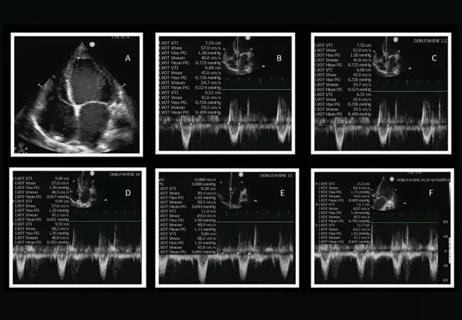
A recent case illustrates how timely and appropriate use of POCUS can provide benefits at all stages of the care path
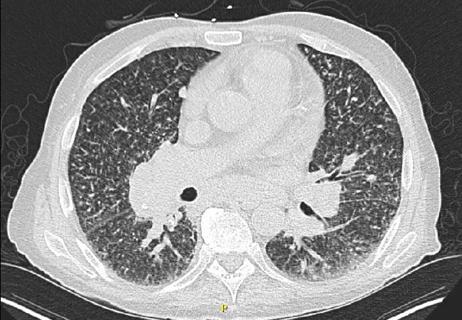
An inability to obtain a biopsy of the patient’s hilar lymphadenopathy due to severe PAH and severe hypoxemia made diagnosis verification challenging
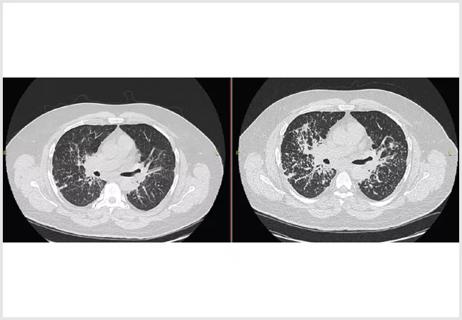
A multidisciplinary approach to treatment can be beneficial since other organs in addition to the lungs can be affected by the systemic disease

This case illustrates the importance of looking at the bigger picture when considering a patient’s respiratory symptoms.

Multidisciplinary treatment of rare and complex immunodeficiencies
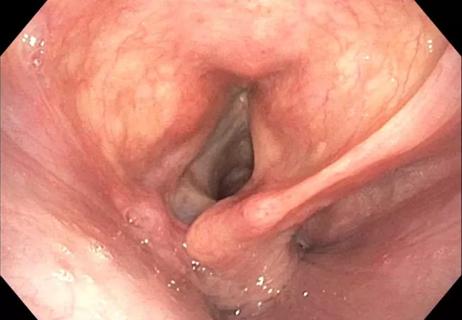
Ruling out a common diagnosis and identifying an elusive condition
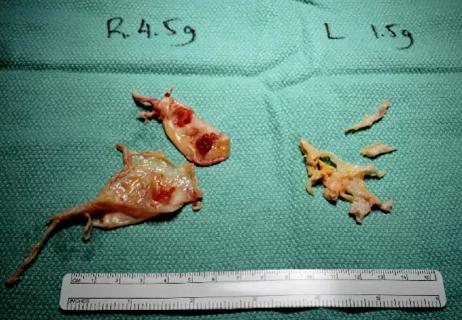
Pulmonary endarterectomy improves outcomes for many patients

Physicians present a case study, discuss clinical guidelines and the value of a multidisciplinary approach